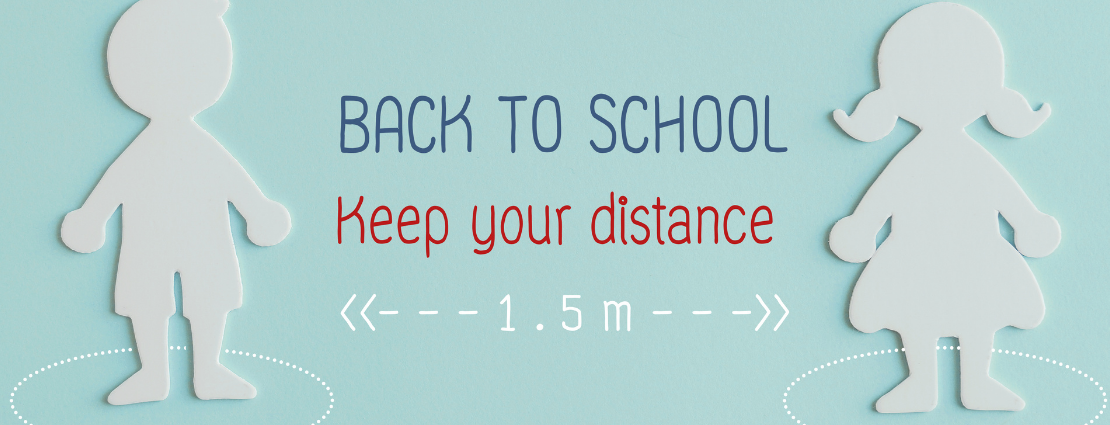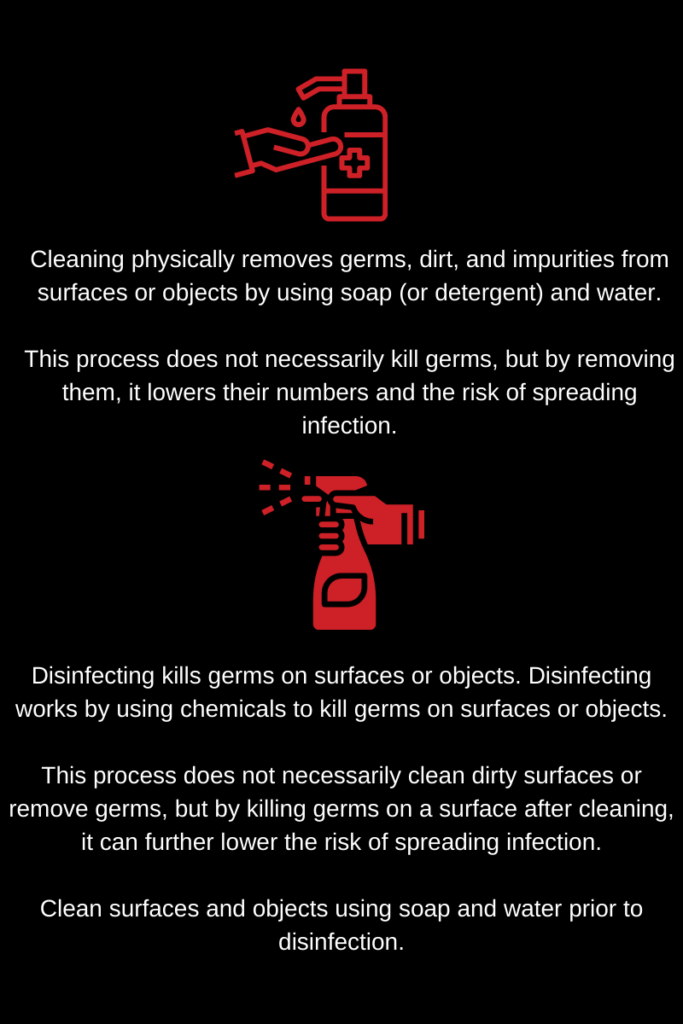- October 17, 2020
- Posted by: admin
- Category: Cleaning

REOPENING OF SCHOOLS:
We are now on the verge of reopening of schools, colleges and other educational institutes, With this pandemic times there are some guidelines to be followed before and after the reopening of schools. These guidelines are the most helpful in this pandemic situation for the protection of students, staffs, teachers, their families, and the community. Every institute must be regularly be in touch with the state and/or local healthcare institutes for this guideline.
Implementation of this guideline should be by what is feasible, practical, acceptable, and tailored to the needs of each community. It is most important to develop the strategies which are to be revised and adapted as per the level of virus transmission in schools and colleges and the community. This can be known by communication with the state and/or local heath institutes. These guidelines are meant to supplement – not replace – any federal, state, territorial or tribal health care and safety laws, rules and regulations with which schools must comply.
Principals to keep in mind:
Because of too much loss of children’s education during this pandemic, now everyone’s goal has been prioritized for reopening of schools and getting fully functional as soon as possible with safety. To process this and give support to every schools’ day-to-day operations. It is important to adopt and diligently apply actions to slow down the spread of COVID-19. These would hopefully moderate the risk of in-school transmission regardless of underlying community pressure.
The statement “Importance of reopening” highlights that parents and school leaders are very eager to reopen schools but also concerned about the health and safety for their children during Covid-19 pandemic.
Children and Covid-19:
Generally, children with Covid-19 are less likely to show severe symptoms than adults or may be asymptomatic infection which means “no signs or symptoms of disease”.
From the analysis of Covid-19 hospitalization data taken from 14 states since early March to late July 2020, the cumulative rate of Covid-19 association among children was over 20 times lower compared to adults was found. Even though these rates are low, one in three children hospitalized with Covid-19 was admitted to an intense care unite o the risk is not negligible too. Similarly, the death rates are too lower in comparison to the adult death rate.
The risk of teachers, school administrators, leaders and other staff in the school is expected to mirror that of other adults in the community if they contract Covid-19.
To be precise, looking over the best possible evidence from other countries which reopened schools indicates that Covid-19 poses low risks to schools aged children – least in areas with low community transmission. Said that, the part of evidence is growing that children of all age are susceptible to SARS – COV – 2 infection and contrary to early reports, this might play role in transmission.
Benefits of in-person schooling should be weighed against the risks posed by Covid-19 Spread. Off Key significance is in-person learning is in the best interest of students, compared to virtual learning.
Decisions making on how to reopen:
School administrators and officials must make decision about reopening of schools base on data available at the current times including the levels of community transmission and their capacity to apply appropriate mitigation measures in school to protect students, staff, teachers, and administrators. It is also important to take in consideration the other aspects of students’ risk and wellbeing while schools do not reopen for in-person classes.
This decision would probably make certain impact on students’ social-emotional, behavior and mental health. This also includes critical services provided to students to help mitigate health disparities and serve children in need like school lunch programs, special education services, after school programs and mental health services.
The schools play unique and critical role by making them a priority for reopening schools and remaining open. This enables students to receive both academic instructions and the provisions of other critical services and supports. Schools will be able to meet the needs of their students and community by strictly implementing mitigation strategies. This will also help in reducing the risk of Covid-19 spread.
Reduce the spread of germs in schools:
In current situations, the most important everyday action which schools can take is cleaning and disinfecting and promoting hand hygiene to slow down the spread of COVID-19.
Importance of cleaning and Disinfection:
SARS-CoV-2 is a virus that causes COVID-19 which can be reduced and killed from the surfaces, objects and hands if used the right products and in proper direction. Its just a myth that the virus is only transmitted from person to person, but the truth is it can also be spread by touch contaminated surfaces and objects and then touching your own mouth, nose or possible eyes. Disinfecting an cleaning can reduce the spread of infection by reducing and even killing germs on surfaces people have exposure to. The Environment Protection Agency (EPA) has already compiled a list of disinfectants used against the virus that causes Covid-19, including concentrates, ready-to-use sprays, and wipes.
Importance of Practicing good hand hygiene:
Hand Hygiene – keeping hands clean is one of the best ways to protect yourself and others from getting sick. SARS-CoV-2 – A cause for Covid-19 when get onto the hands and is not washed off, it can pass from person to person. This can also lead to the germs getting entered the body through the mouth, nose and eyes and make people sick.
A good hand hygiene is meant to be a regular handwashing with soap and water for at least 20 seconds or using alcohol-based hand sanitizer with at least 60% alcohol (in the situation where soap and alcohol is not readily available). This reduces the spread of germs that can cause illness, especially when done at key times throughout the day. For avoidance of poison emergencies, hand sanitizers should be kept out of reach of children under six years of age and should be allowed to use under adult supervision only.
Difference Between Cleaning and Disinfection:
Cleaning and disinfecting: Both are a part of a broad approach to prevent infectious and contagious diseases, including Covid-19 in schools. To reduce the risk of COVID-19, the preventive measures includes staying at home when sick, maintaining social distancing, wearing face masks, often washing hands and regular cleaning and disinfection. Below are some of the tips to reduce the spread of diseases precisely through cleaning and disinfections.

Integrate Cleaning and Disinfection into a daily plan:
Who has the responsibility to clean, how often and where?
Disinfecting and cleaning reduces the risk of spreading the infection by removing or killing germs on surfaces that has moderate and maximum exposure. It must be considered to clean and disinfect more frequently at schools to slow down the spreading of COVID-19 cause.
Staff and Schedule:
Plan it with staff and teachers:
This includes discussing obstacles to more frequent cleaning and disinfecting and the ways to overcome those obstacles.
Provide training to your staff:
Do make sure that cleaning staff, teachers, and others who use cleaners and disinfectants read and understand all instruction on the labels. They should also understand safe and appropriate use of the product. Also consider providing instructional materials and training in other languages suitable too.
Prepare a schedule for increased routine cleaning and disinfection:
Improve your standard procedures to accommodate more frequent cleaning and disinfecting. Focus more on cleaning and disinfecting on the most exposed surfaces and objects (like doorknobs, light switches, classroom sink handles, countertops) and shared items.
Soiled surfaces and objects:
- Immediately clean surfaces and objects that are visibly soiled. Use soap/detergent and water to clean surfaces/objects that looks dirty. Visibly dirty surfaces must be cleaned on the prior basis before disinfecting.
- If the surfaces/objects are soiled with body fluids or blood, use gloves and other standard precautions to avoid meeting the fluid. Remove the spills and then clean and disinfect the surface.
Frequently touched surfaces:
- Clean and disinfect the mostly exposed surfaces (like playground equipment, door handles, sink handles, drinking fountains) with the schools and on school buses at least daily or between use as much as possible. This can include adding additional areas or surfaces to standard procedures for disinfection. (Note: the dirty surfaces should be cleaned with soap/detergent and water prior to disinfection)
Safe and effective cleaning and disinfection:
Choose right products:
- Use products on List N: Disinfectants for use against SARs-CoV-2external icon. These products can kill the virus that causes COVID-19 and include ready-to-use sprays, concentrates, and wipes.
Follow safety precautions when using disinfectants:
Always read and follow the directions on the label to ensure safe and effective use.
- Wear skin protection and consider eye protection for potential splash hazards
- Ensure adequate ventilation
- Use no more than the amount recommended on the label
- Use water at room temperature for dilution (unless stated otherwise on the label)
- Avoid mixing chemical products
- Label diluted cleaning solutions
- Store and use chemicals out of the reach of children and pets
You should never eat, drink, breathe or inject these products into your body or apply directly to your skin as they can cause serious harm. Do not wipe or bathe pets with these products or any other products that are not approved for animal use.
This were some of the tips which every schools and educational institutes must take into consideration while and after reopening of schools.
Now you can order these cleaning and disinfecting products of your perfect suitability.

